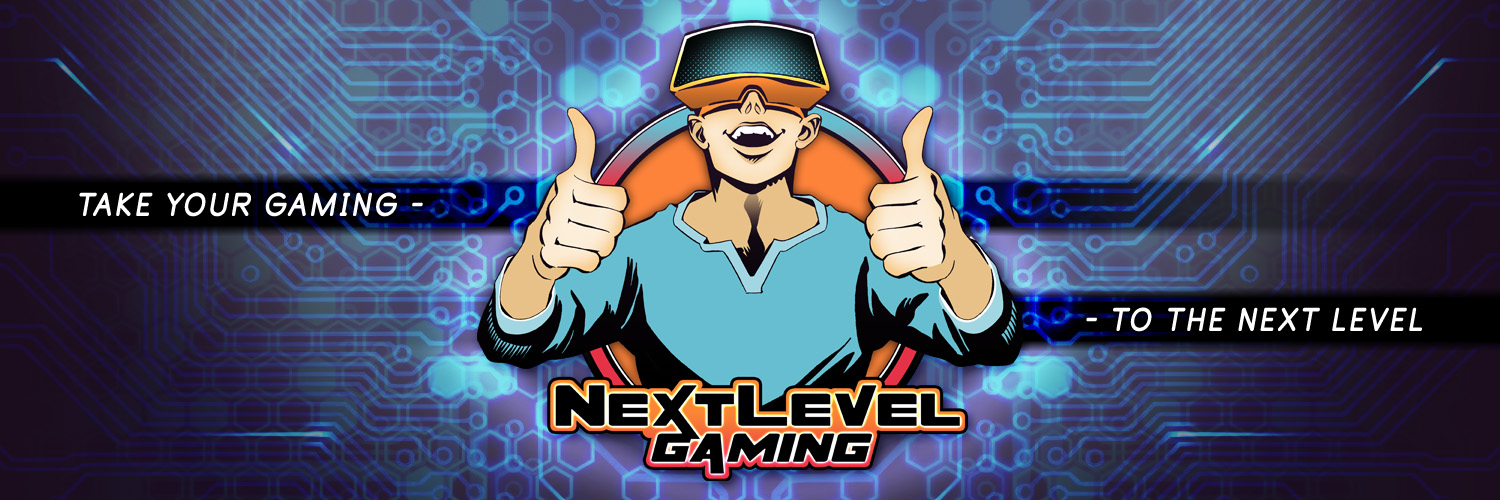Your cart is currently empty!

From Concept to Code: Navigating the Video Game Development Process

Embarking on the journey from a mere idea to a fully realized video game is a thrilling adventure that demands creativity, technical prowess, and unwavering dedication. In the realm of game design development, this process is a carefully orchestrated dance between concept and code, where every step plays a pivotal role in shaping the final interactive experience.
1. Conception and Ideation
At the genesis of every game lies a spark of inspiration. Whether it’s a unique gameplay mechanic, a compelling narrative, or a vivid world waiting to be explored, the journey begins with a concept. Game designers brainstorm, iterate, and refine their ideas until a solid foundation for the game is established. This phase sets the creative tone for the entire development process.
2. Pre-Production: Designing the Blueprint
With the concept in hand, the development team moves into pre-production. This stage involves creating detailed design documents, storyboards, and prototypes. Artists sketch characters and environments, writers flesh out the narrative, and level designers outline the virtual landscapes. It’s the blueprint phase, laying the groundwork for the immersive world that players will soon inhabit.
3. Development: Coding the Vision
The heartbeat of game design development is in its coding phase. Programmers take the design documents and bring them to life, transforming ideas into lines of code. This intricate process involves creating the game’s architecture, implementing mechanics, and integrating the visual and auditory elements. It’s a meticulous dance between creativity and logic, where the virtual world is shaped by the hands of the code.
4. Testing and Iteration
As the code comes together, the video game undergoes rigorous testing. Quality assurance teams scrutinize every aspect, identifying bugs, refining gameplay, and ensuring a seamless user experience. This iterative process is crucial to iron out any imperfections and refine the game until it meets the high standards set by the development team.
5. Polishing and Optimization
In the final stretch, the focus shifts to polishing the video game and optimizing its performance. Artists add the finishing touches, sound engineers fine-tune the audio, and programmers optimize the code for different platforms. This phase is about refining the player experience and ensuring that the game runs smoothly across a variety of devices.
6. Launch and Beyond
The culmination of countless hours of creativity and coding arrives with the launch of the video game. The digital doors open, inviting players to step into the world that was once just a concept. Yet, game development doesn’t end here. Post-launch, developers continue to support the game with updates, patches, and new content, fostering a dynamic relationship with the gaming community.
In the end, the journey from concept to code is a testament to the collaborative efforts of designers, artists, writers, and programmers. It’s a process that transforms imagination into a tangible, interactive experience—a journey where every line of code is a brushstroke on the canvas of virtual worlds, waiting to be explored.

